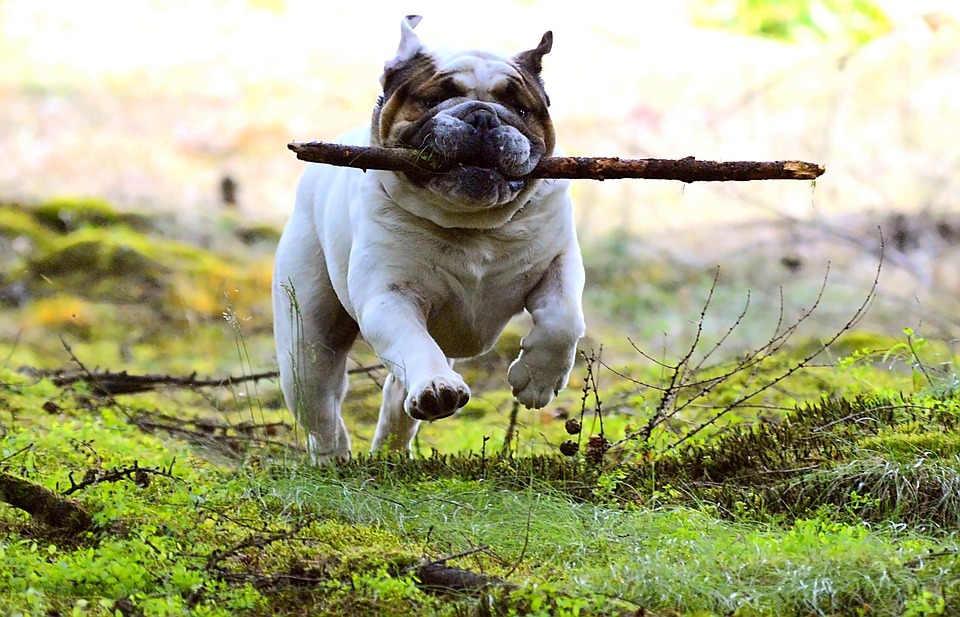Introducing your dog to new environments can be a thrilling experience for both you and your furry friend. However, it is crucial to approach these situations with caution and take the necessary steps to ensure a smooth transition. In this article, we will explore the best practices for introducing your dog to new environments, along with some frequently asked questions to help you navigate this process.
Understanding the Importance of Proper Introductions
Introducing your dog to new environments is essential for their mental stimulation, socialization, and overall well-being. Proper introductions can help prevent fear, anxiety, and aggressive behavior in unfamiliar situations. By gradually exposing your dog to new places, people, and animals, you can build their confidence and create positive associations with novel experiences.
Preparing Your Dog for New Environments
Before diving into new environments, it is crucial to prepare your dog for the unfamiliar. Here are two key steps to take:
Gradual Exposure to New Experiences: Start by slowly introducing your dog to new sounds, smells, and visuals in a controlled environment. Use positive reinforcement techniques, such as treats and praise, to associate these experiences with positivity.
Essential Training for New Environments: Ensure your dog has basic obedience training, including commands like “sit,” “stay,” and “come.” This training will provide you with better control over your dog during introductions and help alleviate any potential challenges.
Introducing Your Dog to New Places
When introducing your dog to a new environment, it’s crucial to proceed step by step. Begin by introducing your dog to the new place on a leash. Allow them to sniff around and explore while keeping a close eye on their behavior. Reward positive reactions and gently redirect any signs of anxiety or fear.
Once your dog appears comfortable, gradually give them more freedom to explore. Continue to monitor their behavior and maintain a positive, calm demeanor. Reward confident and relaxed behavior to reinforce positive associations with the new environment.
Introducing Your Dog to New People and Animals
Socializing your dog with new people and animals is vital for their overall well-being. Start by introducing your dog to one new person at a time in a calm and controlled environment. Allow your dog to approach at their own pace, rewarding them for calm behavior. If your dog shows signs of anxiety or fear, take a step back and provide positive reinforcement.
When introducing your dog to unfamiliar dogs, choose controlled environments, such as a dog park or a friend’s backyard. Gradually allow them to interact, ensuring both dogs are comfortable and monitored closely. Reward positive interactions and separate them if any signs of aggression or discomfort arise.
Handling Common Challenges
Introducing your dog to new environments can come with challenges. If your dog displays fear or anxiety in new environments, avoid pushing them too quickly. Instead, gradually increase their exposure while using positive reinforcement techniques. Consider seeking advice from a professional dog trainer or behaviorist for additional guidance.
If your dog shows signs of reactivity, such as barking, growling, or lunging, it is vital to address this behavior. Consult a professional trainer to help you manage and modify your dog’s reactivity through positive reinforcement training techniques.
Frequently Asked Questions (FAQs)
Q1. How long does it take for a dog to adjust to a new environment?
The time it takes for a dog to adjust to a new environment can vary depending on the individual dog and the circumstances. Some dogs may adapt quickly within a few days, while others may take weeks or even months. It is important to be patient and provide your dog with a consistent routine, positive reinforcement, and a safe and comfortable space to help them adjust.
Q2. Can I introduce my adult dog to new environments?
Yes, adult dogs can be introduced to new environments. The key is to take it slow and gradually expose them to new experiences. Start with familiarizing them with the new environment from a distance, then gradually increase their exposure while using positive reinforcement techniques. Remember to always prioritize your dog’s comfort and safety during the introduction process.
Q3. How can I help my dog feel more comfortable in new environments?
To help your dog feel more comfortable in new environments, provide them with familiar items, such as their favorite toys or bedding. Use positive reinforcement techniques, such as treats and praise, to create positive associations with the new environment. Gradually expose them to the new environment while monitoring their behavior and providing reassurance. Consistency, patience, and a calm demeanor can also help your dog feel more at ease.
Q4. Should I use treats during introductions to new environments?
Using treats during introductions to new environments can be beneficial. Treats can help create positive associations and reinforce desired behavior. However, it is important to use treats in moderation and not rely solely on them. Over time, as your dog becomes more comfortable in new environments, you can gradually reduce the reliance on treats.
Q5. What if my dog becomes aggressive towards new people or animals?
If your dog displays aggression towards new people or animals, it is important to address this behavior promptly. Consult a professional dog trainer or behaviorist who can help you manage and modify your dog’s aggressive tendencies through positive reinforcement training techniques. It is crucial to ensure the safety of all individuals involved and seek professional guidance to address the underlying causes of the aggression.
Properly introducing your dog to new environments is crucial for their well-being and overall happiness. By following the steps outlined in this guide and seeking professional assistance when needed, you can ensure a positive and successful transition for your furry companion. Remember to always prioritize your dog’s safety, comfort, and emotional needs throughout the process.









